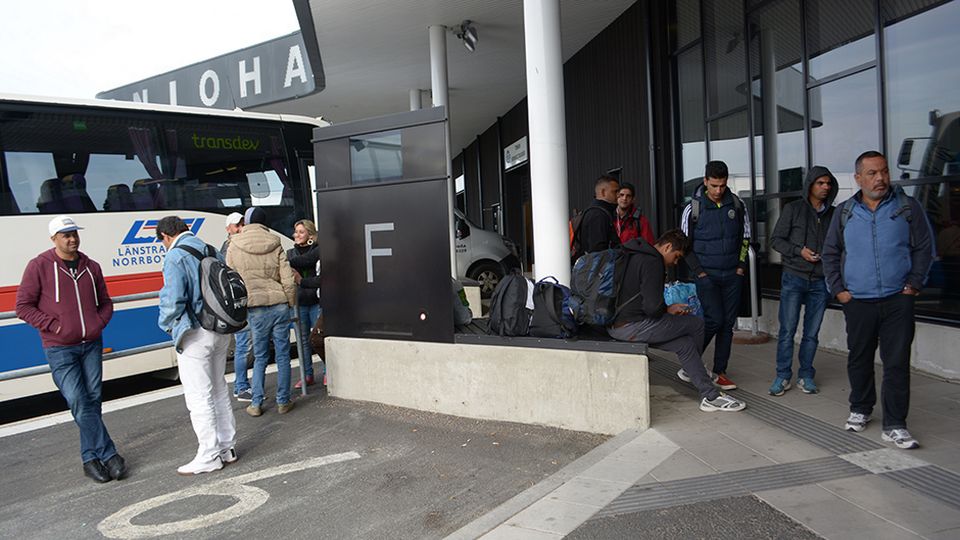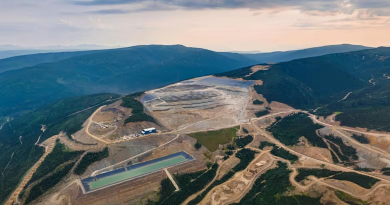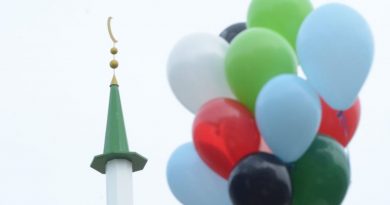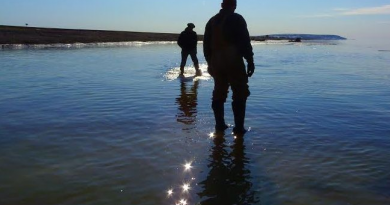Asylum seeker traffic dries up at Finland’s Arctic border crossings

Not a single asylum seeker has attempted to cross into Finland via its eastern border stations in Lapland since the early weeks of April.
Traffic at the western Tornio border crossing has also dwindled to just a few individuals. The Interior Ministry says the country must nevertheless be prepared for another increase.
Beginning in August 2015, thousands of asylum seekers entered Finland via its borders with Sweden and Russia in Lapland. Traffic slowed down in late December of the same year on the western border, after Sweden and Denmark tightened their border patrol. Soon crossings at the Lapland stations on the Russia border, Salla and Raja-Jooseppi, picked up.
Now both routes have quieted. The last crossing recorded at the Salla and Raja-Jooseppi stations was recorded on April 10, after Finland and Russia negotiated an agreement to put a stopper in the flow of all third-country border crossings for 180 days.
The Finnish Immigration Service and the Lapland police confirm that only a handful of asylum seekers are crossing the Swedish border in Lapland, too.
Officials aren’t sure what will happen when the agreement with Moscow runs out in October.
“There are no estimates what will happen, as cross-border traffic will open up to everyone again. It’s impossible to predict. We hope the situation will continue as it has been during the restriction, and we won’t have any asylum seekers coming through the Lapland border crossings,” says deputy commander of the Lapland Border Guard Jussi Sainio.
The 180-day restriction limits border crossings on the Lapland border between Finland and Russia to only Finnish, Russian and Belarusian citizens and their family members.
Prepared for another surge
About 3,000 people have sought asylum in Finland from January to May this year, but tens of thousands of asylum seekers are still trapped in Turkey or trying to cross the EU’s external borders. The Interior Ministry released its appraisal of the current situation on June 22.
The report says that the numbers of future asylum seekers that will enter Finland is difficult to predict, but an increase must nevertheless be prepared for. The authority says it is not likely that there will be a return to last autumn’s situation, however.
The ministry does not rule out the creation of new entry routes to the country, and estimates that about 10,000 people will arrive and seek asylum before the year is out. It says 32,476 asylum seekers entered Finland in 2015.
Some 15,000 asylum seekers had registered at the Tornio border’s reception centre by December 2015, but just over 1,700 have entered the country via the eastern Lapland border crossings since the start of 2016. The Tornio centre was closed down last week.
Related stories from around the North:
Canada: Should Canada have a plan for climate refugees?, Radio Canada International
Finland: Putin vows to restrict asylum seekers’ into Finnish Lapland, Yle News
Norway: Refugees find Arctic gate to Schengen, Barents Observer
Sweden: Councils in North Sweden fail to house refugees, Radio Sweden
Russia: Finland and Russia discuss refugee crisis, Yle News



